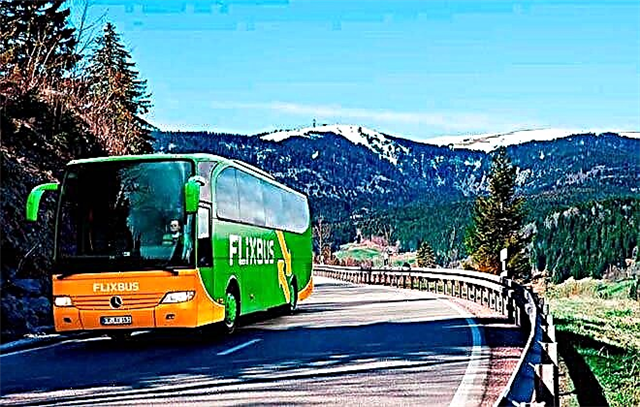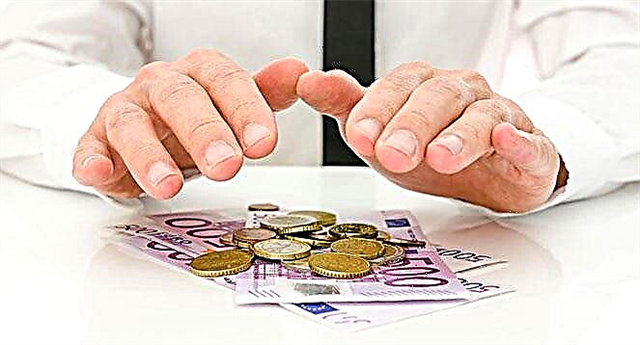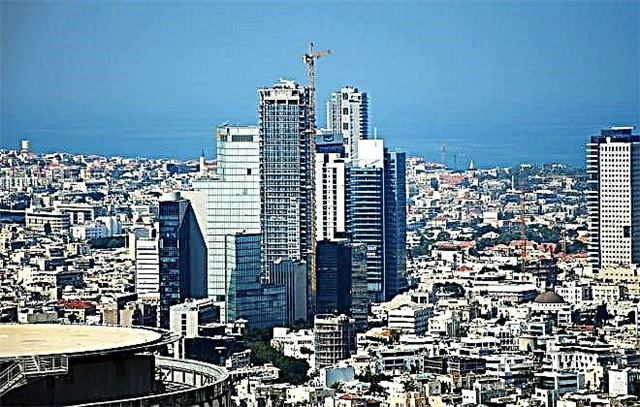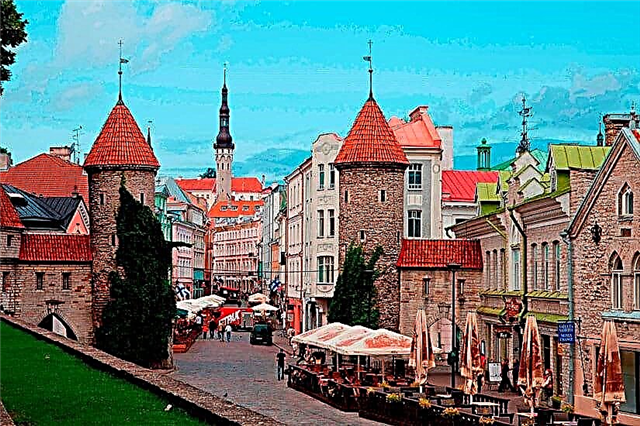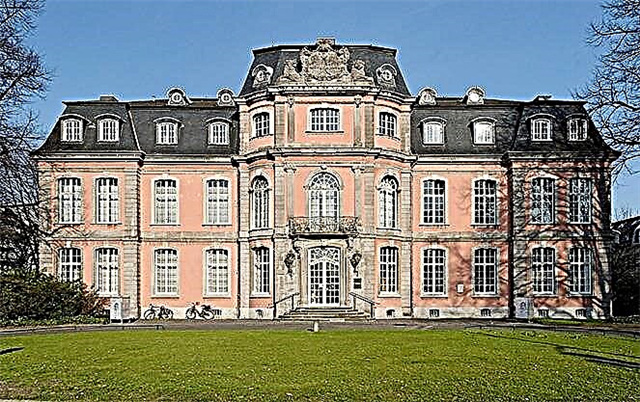Benrath Palace is a magnificent embodiment of 18th century French architecture. The beautiful castle is located on the banks of the Rhine river. The palace, park ensemble, artificial ponds and man-made canal systems are not only among the most beautiful places in the city, but also UNESCO World Heritage Sites. Since 1929 Benrath has become a museum.

Historical data
Benrath Palace is located in the area that bears the same name, in the south of Düsseldorf. The park, the castle and all related structures, which are the work of the landscape architect Nicolas de Pigage, were built on the field of the Elector of the Palatinate and Bavaria Karl-Theodor (1724-1799). Construction began in 1755 and was completed only in 1770. The castle was started in the Rococo style, but the finished buildings acquired the features of the early classicism characteristic of that time.
Elector Karl Theodor first came to Düsseldorf in 1746 to inspect his property. He did not like the old Benrath castle - a fortress surrounded by a moat of water. Since the 13th century, it was the home of the Counts von Berg, but the castle was damaged in a fire, and for the last 30 years no one has lived there.
Karl Theodor made his second visit to these places in 1755, then, as history tells, he commissioned his court architect (Nicolas de Pigage) to build a new summer castle. In those days, many aristocrats, tired of court etiquette, wanted to settle in nature in a beautiful home, but without unnecessary luxury.
Architectural features
Construction, interrupted by the Seven Years War, was completed 14 years later. In creating the palace complex, Pigagu embodied the ideas of the French architecture of the Enlightenment. For this reason, architecture, park and garden ensemble, sculpture and painting are combined in harmony and complement each other.
The main buildings are built in a semicircle on the bank of an artificial pond. The complex consists of a palace and two adjoining Rococo outbuildings.
The chateau housed the chambers of the elector and his wife, and even small private parks adjoined them. Side wings or "cavalry houses" were intended for the retinue of the highest persons.
To the south of the palace, you can see the greenhouses, where various tropical trees winterized, which adorned the paths of the park in the summer; now there is a district library and other institutions. The kitchen in the west wing was connected to an underground palace tunnel.
Only the House of Entertainment gave the owners little pleasure: Elector Karl Theodor spent only one day in the beautiful pink palace in 1785.
His wife, Princess Elizabeth Augusta, visited Benrath only once, in 1771, shortly after completion.

The palace, which combines elements of late baroque and early classicism, is decorated inside with sculptures, paintings, paintings and wonderful pieces of furniture. Allegories of the seasons, hunting plots, scenes of labor of farmers and gifts of nature can be found here.
On the facade of the building you can see the coat of arms of the dynasty to which Karl-Theodore belonged, and the high relief, which gives the palace a special grace.
Palace riddles
From the outside, the castle looks like a two-story one, but this is not entirely true. Two more floors are "hidden" from prying eyes, the windows of which open onto small courtyards. In total, there are 80 rooms in a fairly small castle, many of them are absolutely inconspicuous.
Within the walls of the palace there are 7 hidden staircases that connect the ceremonial halls with the service premises. At one time, they allowed servants to move around the building unnoticed by the owners and guests.
Park territory
The park area is divided into two halves by a 470 meter long canal that starts from the inner facade of the castle. Pigage created a park in the French style, the alleys of which fan out from the main building.

The light that bounces off the surface of the water enhances the natural illumination of the palace rooms. The private parks of the elector and his wife, located on both sides of the palace, were redesigned in the English style in the first half of the 19th century, at the same time an artificial canal was partially filled up.
Natural History Museum
The exposition of the museum is represented by several themes. Here you can see swamps, steppes, as well as flora and fauna of the Lower Rhine region. The Natural History Museum (Museum für Naturkunde) was opened in 1929. It is rightfully considered the pride of Dusseldorf. A visit to it is a great way to learn about the interesting history and culture of the region.
The Museum für Naturkunde is located in the western wing of the palace.
Frankenthal Porcelain Exhibition in Benrath
From 1755 to 1800, the Kurfalz Porcelain Factory functioned in the city of Frankenthal. The hard porcelain manufactory was opened by the master from Strasbourg Paul Anton Hannong with the highest permission of the Elector Karl Theodor in May 1755. In November of the same year, at a reception with the Elector, the guests had already dined out of the new Frankenthal service. In 1794, when the western Palatinate went to France, the plant was nationalized, and in 1800 it was completely closed due to unprofitability.
Porcelain products are real works of art, presented in a limited number of models. At the Benrath exhibition, visitors can enjoy figurines and tableware made from porcelain from the princely manufactory, which is more than 250 years old.
Unusual Museum of European Park Art
As part of the gardening exhibition in 2000, another interesting museum was opened at Benrath Palace. This building once housed a boys' gymnasium, and today it houses the Museum of European Gardening Art.
The museum is divided into 4 parts (41 rooms and 2000 m²) dedicated to the following topics:
- history,
- sensations and art,
- Benrath's park,
- Dusseldorf parks.
In the interactive museum, everything can be "seen, touched, felt, sniffed, listened ..."
The exhibition areas have a little bit of everything: sculptures, paintings, porcelain, prints, books, various documentation, tools, herbariums, models, video projections, even old things - everything that can only relate to the theme of landscape gardening.
The first thing you will see is the villas of the ancient world. There is a section dedicated to the Italian Renaissance and Baroque.
The museum features an English garden landscape. A total of 7 rooms with exhibitions on themes from the history of gardens. It hosts seminars on European gardening art.
Of particular interest is the Sadik of Literature, which shows the connection between the garden and poetry.
Young tourists will not be bored in the museum either. They can play under the roof of a building or discover fascinating tales and myths. There is a "dense" forest with "hollows" built into the trees. There are many things in these caches that can be reached, advanced and examined.
The Pharmacy Garden has collected the most fragrant scents. After enjoying the incredible aromas, you can sit on a garden bench and listen to beautiful poems or interesting information that pours straight from the watering can.
Film projections, blueprints and miniature models tell the story of the castle and palace park. It is interesting to hear how perspective affects the overall perception of the palace and park.

The last rooms remind us that Düsseldorf is a garden city. There is even an Artificial Paradise in one room.
The excursion will be long, but you will not be wasting your time. Learn a lot of new and interesting things, get inspired and just enjoy the beauty. The museum is located in the eastern wing of the palace ensemble.
Useful information
Benrath Castle (Schloss Benrath) is located at: Benrather Schloßallee 104, 40597 Düsseldorf.
The opening hours of the palace complex depend on the season:
- summer season (from April 16 to October 31) - from Tuesday to Sunday from 10.00 to 18.00, Monday is a day off;
- winter season (from November 1 to April 15) - from Tuesday to Sunday from 11.00 to 17.00, Monday is a day off.
Excursion prices:
- Museum of the History of European Park Art and Museum of Natural History (separate ticket for each): adults - 5 euros, children under 18 - free, concessionary - 3.5 euros.
- Museum in the palace (Corp de Logis): adult - 7 euros, children under 18 - free, reduced price - 5 euros.
- Combined ticket to all the museums of Benrath Palace: adult - 10.5 euros, children under 18 - free, concessionary - 7.5 euros.
The Museum of the History of European Park Art is equipped with a disabled toilet and a lift.
You can get to the castle by underground line U71 or U83 (bus stop Schloss Benrath), by city train S6, RE1, RE5 (S-Bahn Benrath station) or by car on routes A59, A46.
More information is available on the official website. Contact phone: +49 4921 1899 7271.
Summarize
Benrath Palace is located in the eponymous district of Düsseldorf on the banks of the Rhine. The Pink Castle was built over 14 years with a break for the Seven Years War, as the summer residence of the Elector Karl Theodor.
In the palace museums, visitors can not only appreciate the beauty of Benrath, but also get acquainted with the history of the Lower Rhine region, see ancient porcelain products, enjoy the rich decoration and for a while feel like a representative of a noble family.

